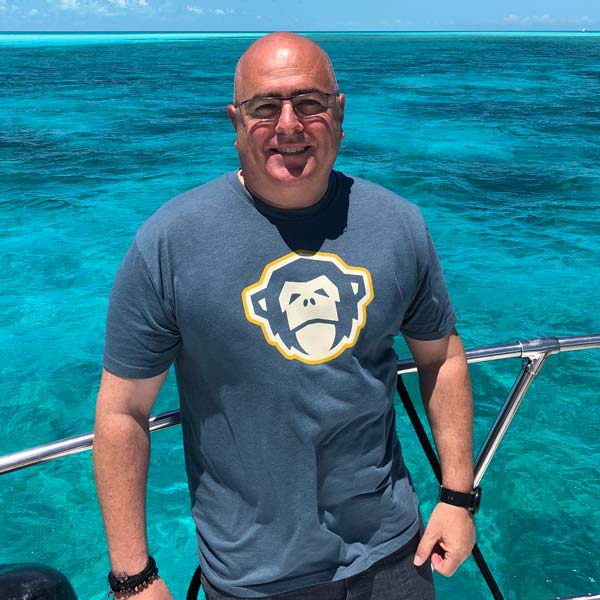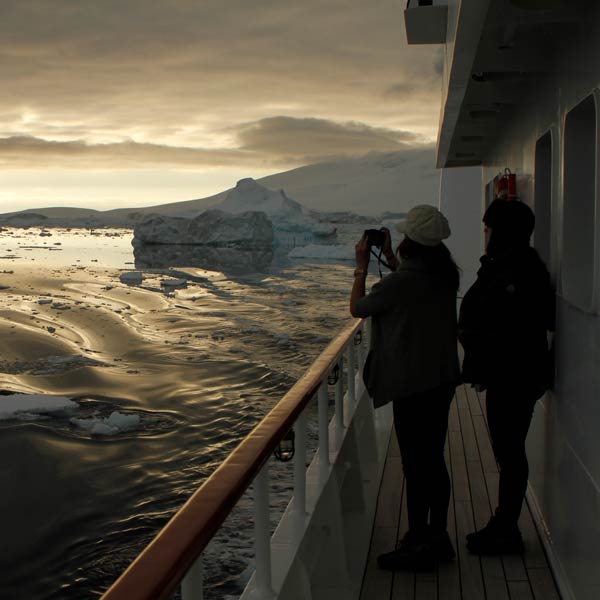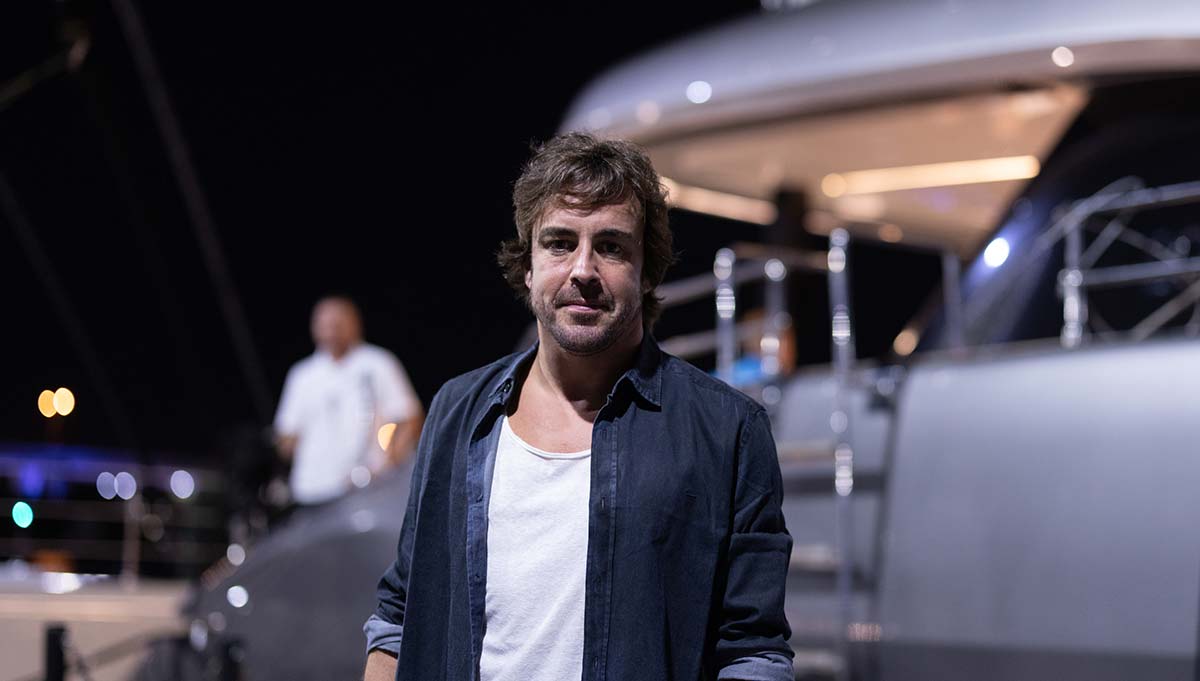
Fernando Alonso Photo:Sunreef Yachts

Fernando Alonso Photo:Sunreef Yachts
Solar, so good
When F1 driver Fernando Alonso decided to build a yacht of his own, it was with sustainable solutions firmly in mind – and his enthusiasm speaks to the work of the pioneers developing zero-emission yachts of the future.
For two-time Formula 1 world champion Fernando Alonso, it could be said that going quick is his raison d’être. As it turns out, he also enjoys a more measured pace and it is with this in mind that he announced earlier in 2022 that he is building a yacht of his own. “I wanted to have my own boat in Monaco to enjoy life by the sea, not just for a couple of weeks’ holiday in August,” he says. “And I am in love with catamarans, which have plenty of space – for me, it’s like having a villa in the water. I like to spend time with my family and friends, and a multihull gives me more opportunities that I couldn’t get from a monohull.”
Alonso’s choice of builder is Polish shipyard Sunreef Yachts, but it wasn’t just their catamaran designs that attracted him. Sunreef has been developing yacht models, particularly under its Eco line, that aim to make yachting as a whole more sustainable. The recently launched Eco 80, for example, combines sails with an extensive array of solar panels that are built into the hull, superstructure and mast. Such has been their development that Alonso agreed to become an ambassador for the brand, and his own yacht will come from the Eco range.
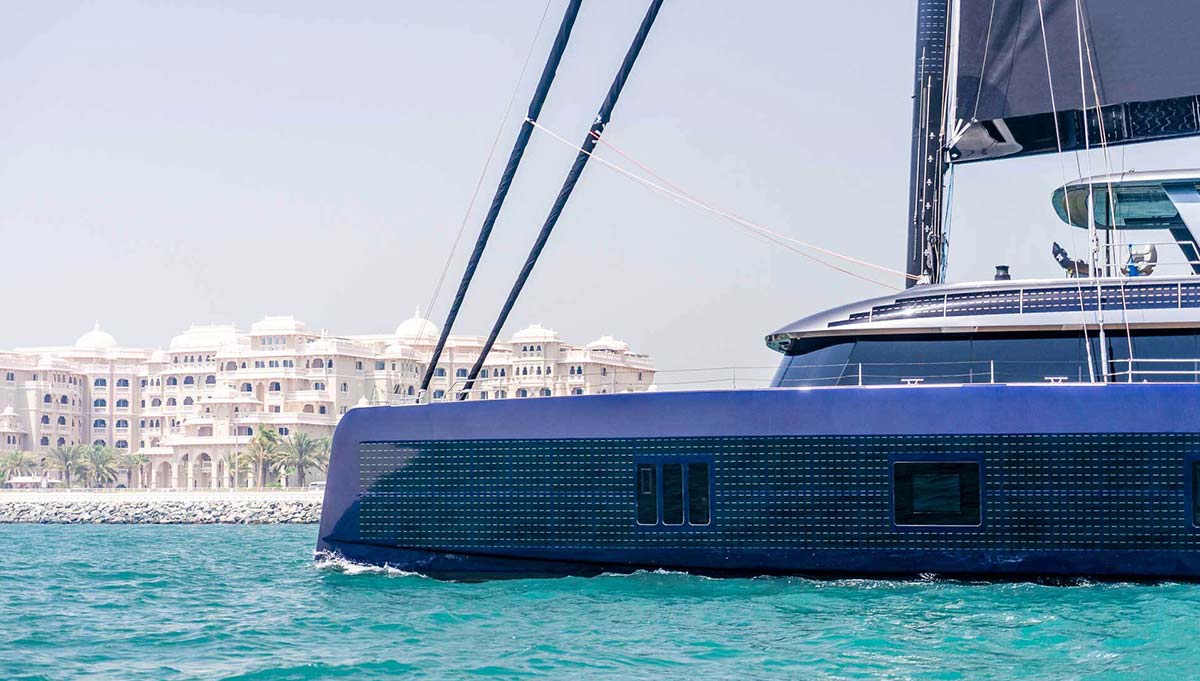
Sunreef 80

Sunreef 80
“I really admire the way Sunreef Yachts combines innovation and creativity,” Alonso offered earlier in 2022. “They are a trendsetting company with visionary ideas. I am proud to be one of their ambassadors and look forward to cruising my own electric Sunreef Yachts Eco catamaran.”
Sunreef is not the only builder making pioneering strides toward a greener yachting future, and its tie-in with Alonso speaks to a wider truth about the superyacht industry. Just as Formula 1 is the driver of innovation in automotive that feeds down to the consumer level, so superyachting is helping drive innovations and solutions that could cement a more responsible form of yachting that not only reduces its environmental impact, but which can also give back to shoreside infrastructure.
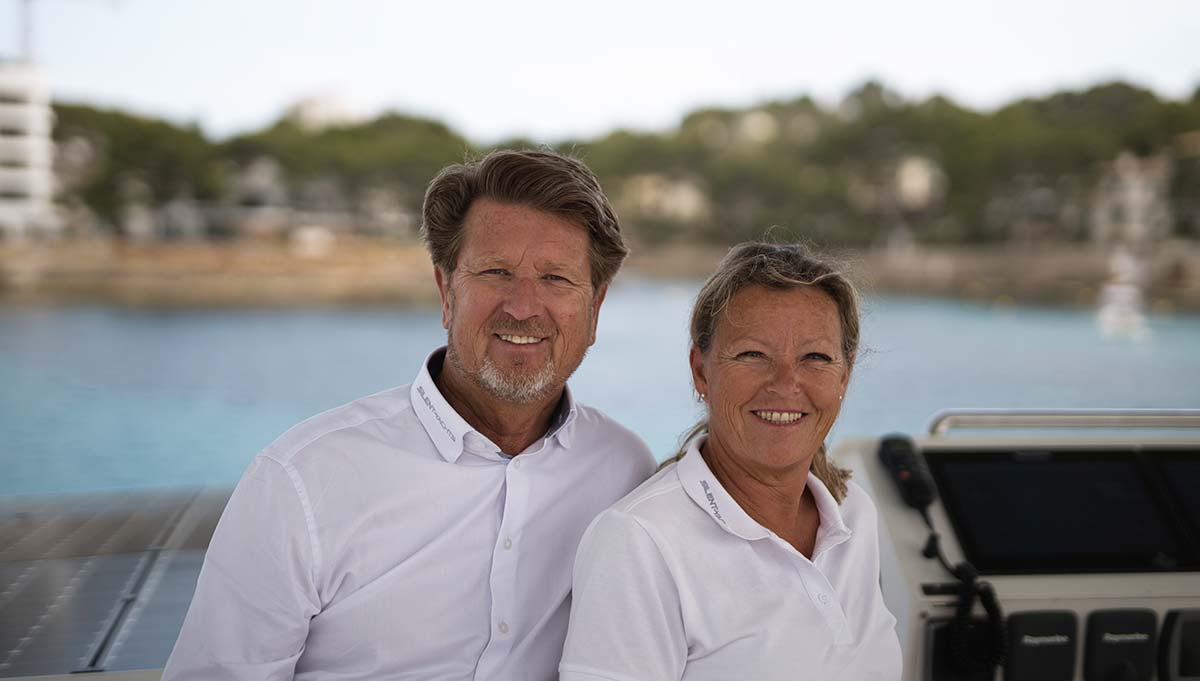
Michael & Heike Köhler

Michael & Heike Köhler
Michael Köhler is another prime example of this new future for yachting. As far back as 2004 he and his wife Heike started exploring the potential for a cruising yacht powered purely by alternative power sources. After tens of thousands of miles cruised and more than a decade of research, the couple launched the world’s first serial-production solar powered yacht, the Silent 64. Since then, Silent Yachts has gone on to pioneer sustainable yachts – and it has been so successful that the company was joined in 2021 by Michael Jost, who had spent the previous ten years as Chief Strategy Officer at the VW Group.
“I know what transformation means,” Jost offers. “It’s painful – teams and companies and society don’t like transformation.” Jost speaks from experience – under his watch, the VW Group (which includes Audi, Porsche and Lamborghini) has moved wholesale toward full electric vehicles, the fruition of which he says we will see before the end of this decade.
“The VW Group comprises 660,000 people, with a planning budget of €60 billion,” he says, “so it was hard work to move the Group from the left side over the bridge to the right side. There are two big transformations that will happen by the end of this decade,” he continues. “The first is that 90 percent of cars will be electric. The second will be autonomous driving. I know this because we decided in VW four years ago to move from combustion-engine cars to full-electric smart cars connected in the cloud.”
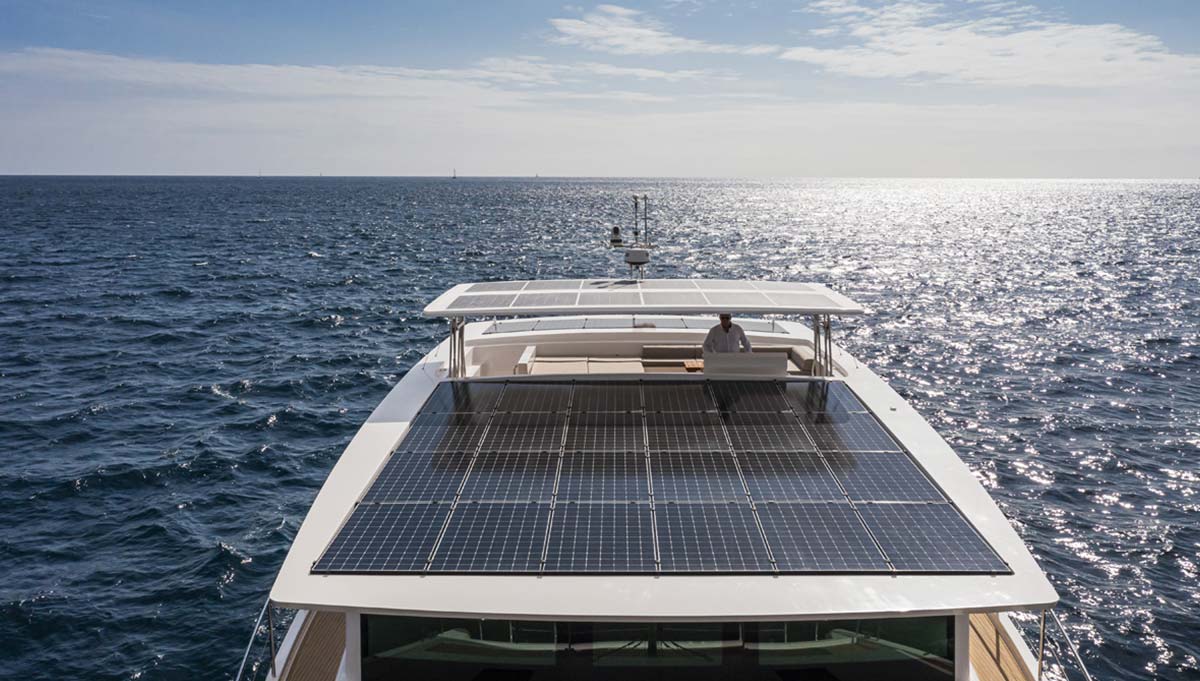
Silent Yachts 60

Silent Yachts 60
It’s something that Jost says will come into play in yachting. “In five years it will happen here too,” he offers, “because the nautical industry cannot stay in the combustion era and it will move, as Michael [Köhler] started moving years ago. This is my passion and my perspective to the sea – there is a horizon looming.”
Köhler’s vision extends beyond producing zero-emission solar-powered yachts and superyachts, to eco resorts at which Silent catamarans will moor up and plug in, providing solar energy from their onboard array of panels for the eco-rooms built on stilts over the water. It speaks to a more intriguing future in which yachting will borrow from the land-side practice of plugging houses with domestic solar arrays into national power grids and receiving cashback for net contributions to the electricity network. It’s the ultimate embodiment of sustainability paying dividends, and sustainability in yachting paying dividends to those ashore.
“People are finding out they can actually earn money,” Köhler says. “I’ve got 10 kilowatts of solar panels on my house and I get €300 per month for supplying to the grid. So a Silent Yacht in the marina could plug in and deliver power to the grid. We can do it today and in fact we are already in final negotiations for the first marina that will have this possibility.”
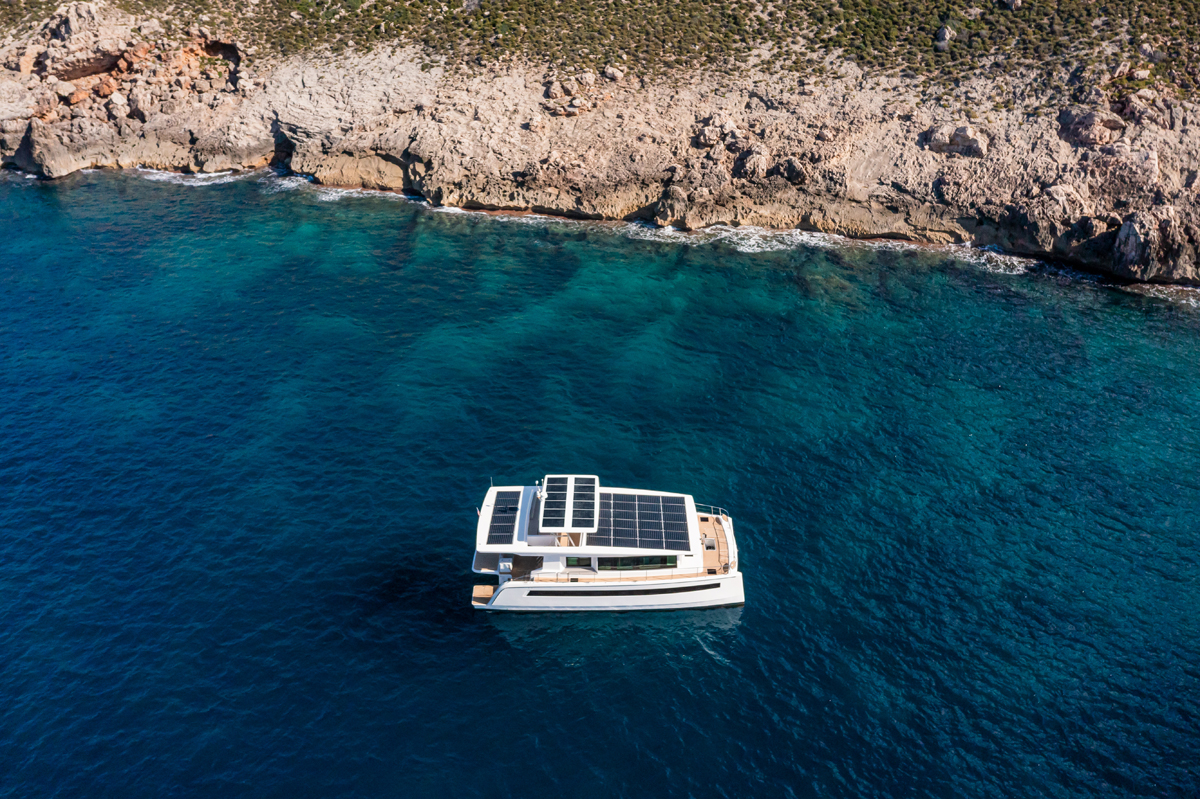
Silent Yachts 60

Silent Yachts 60
The marinas, Köhler explains, will have their own rooftop solar arrays providing the complex with green energy. If solar boats need power they will get it from the marina’s solar panels, and if they are fully charged they will deliver the excess solar power they generate onboard into the grid. “This will be deducted from the price of the berth,” he says. “It may sound like a fairytale because there are so few (solar) boats today, but there will be many more boats in the near future. Just imagine the power that we have in our Silent 60, the smallest in our range – with the current energy prices we would get around €500 per month just for delivering energy into the grid in a marina, and this already considers the normal domestic consumption of the boat.”
It is encouraging to think that this luxury sector could not only drive technology, but also help contribute to the supply of green energy for the general population. It is innovation like this that is also encouraging high-profile ambassadors like Fernando Alonso – himself a part of a cutting-edge industry – to stand up and shout about what yachting is doing and to invest in what yachting offers. “All these factors, plus the solar and electric capabilities, were a way to give something back to the Earth and to nature,” Alonso concludes. “This is what luxury should be about – when we are on the ocean we should be responsible, and sustainability must be a factor.”


